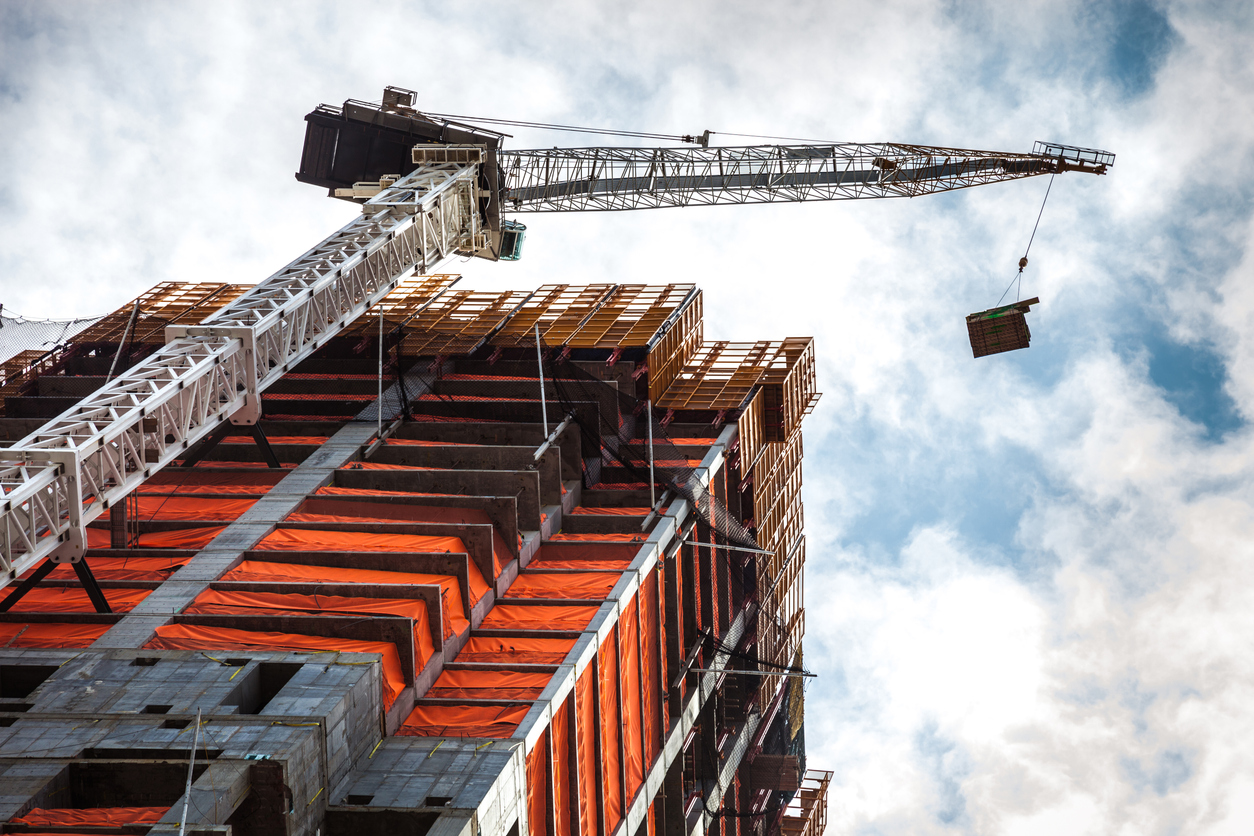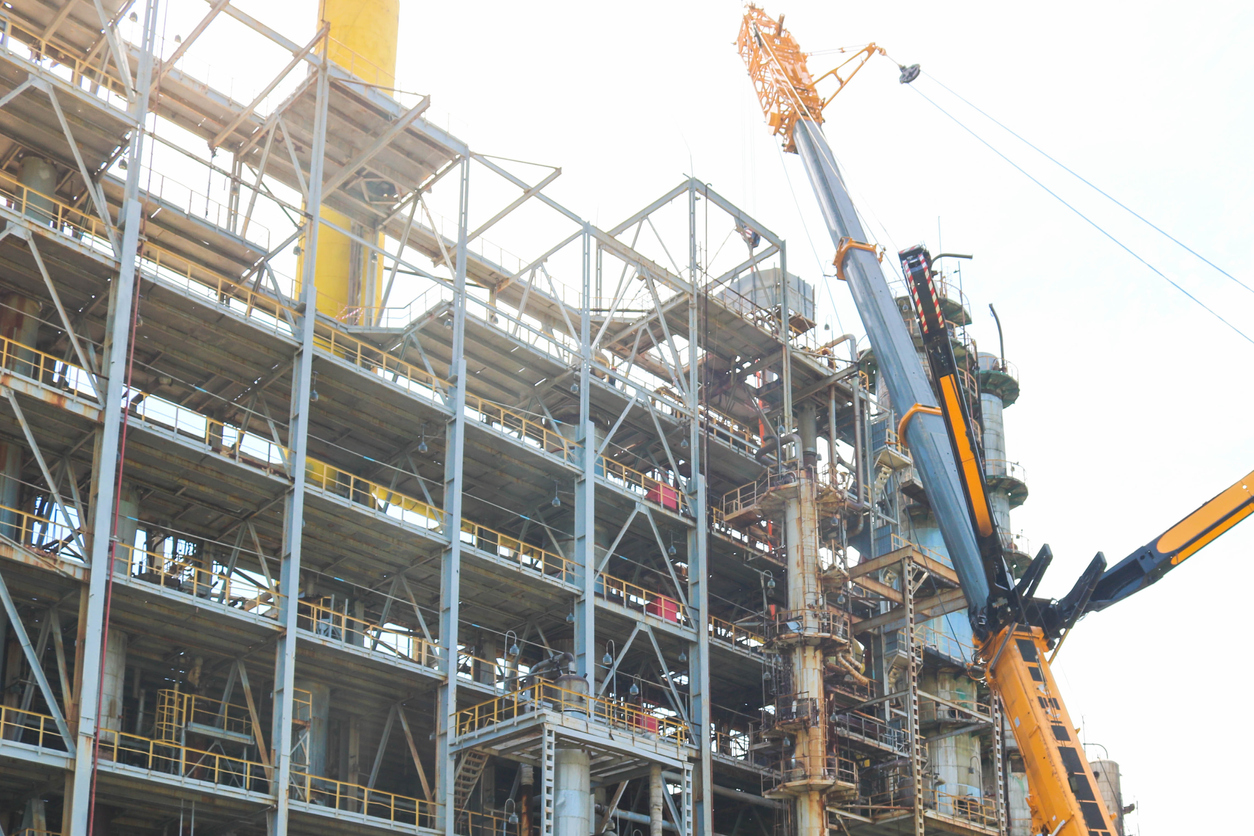Flood damage can wreak havoc on any property, and it is not something anyone wants to deal with while running a business. Moreover, the financial toll can reach millions when a commercial property is affected. Unsurprisingly, many businesses get commercial property insurance to protect their investments.
Floods often have severe long-term consequences long after the waters have subsided. Apart from the immediate toll from structural and property damage, business owners may also incur lost income and expenses related to repairing and replacing equipment, machinery, and infrastructure. In many cases, only commercial package policy insurance can save the company from financial ruin.
The Importance of Quick Action for Flood Damage
Taking immediate action is crucial for minimizing the damage that a flood has caused. Even though the worst has probably already passed, business owners can reduce the financial impact of a flood by implementing remediation measures as soon as possible. Doing so will also shorten downtime and enable company personnel to return to their duties more shortly than they would otherwise.
Steps for Dealing With Flood Damage
What your clients do after a flood can go a long way toward minimizing further loss and damage to the property. Here are some essential steps for dealing with the aftermath of a flood:
Implementing a Flood Response Plan
A flood response plan speeds up the process of making crucial decisions during an emergency. Your clients should determine the scope of the damage and be ready to provide detailed information to the flood remediation team. Personnel should also be assigned to remove as much standing water as possible.
Damage Assessment and Documentation
A thorough damage assessment will help determine the most pressing problems to address. Documentation will also be helpful when filing an insurance claim later or seeking compensation from the party responsible for the incident. As with any disaster, taking detailed pictures and videos is advisable.
HVAC Inspection
HVAC systems are often affected by floodwaters. It is crucial to inspect heaters, furnaces, and air conditioners as soon as possible to determine how much water has entered, if any.
To prevent mold growth, it is essential to dry components exposed to moisture thoroughly.
Filing an Insurance Claim
If your clients have commercial property insurance, the property likely has coverage for flood damage. Even so, they should contact their insurance company immediately to begin the claims process. An adjuster will probably come by to assess the damage and calculate reimbursement.
Preventing Mold Growth
Mold growth is one of the most distressing consequences of flooding. Your clients should act fast to prevent infestation, as mold proliferates‒often within 24 to 48 hours of exposure. Drying out all affected areas is crucial, either by leaving the windows open or directing fans toward wet areas.
Conclusion
There is not much anyone can do to prevent floodwaters from affecting the property. Often, business owners have no choice but to assess the damage and try to pick up the pieces as best as possible.
But preventive measures can go a long way toward minimizing the losses and damage that floods bring. Commercial package insurance can also make it easier to recover from the incident and resume operations sooner. With the flood remediation steps outlined above, businesses can hopefully deal with the aftermath of a flood effectively.
About Snyder Specialty
Snyder Specialty, LLC is a New York-based underwriting facility that provides a range of property and liability solutions for personal and commercial lines. Specializing in coastal properties and hard-to-place risks, Snyder Specialty expands your current capabilities with proven solutions for complex risks. Find out more about the company’s range of services by calling (718) 362-8039.



